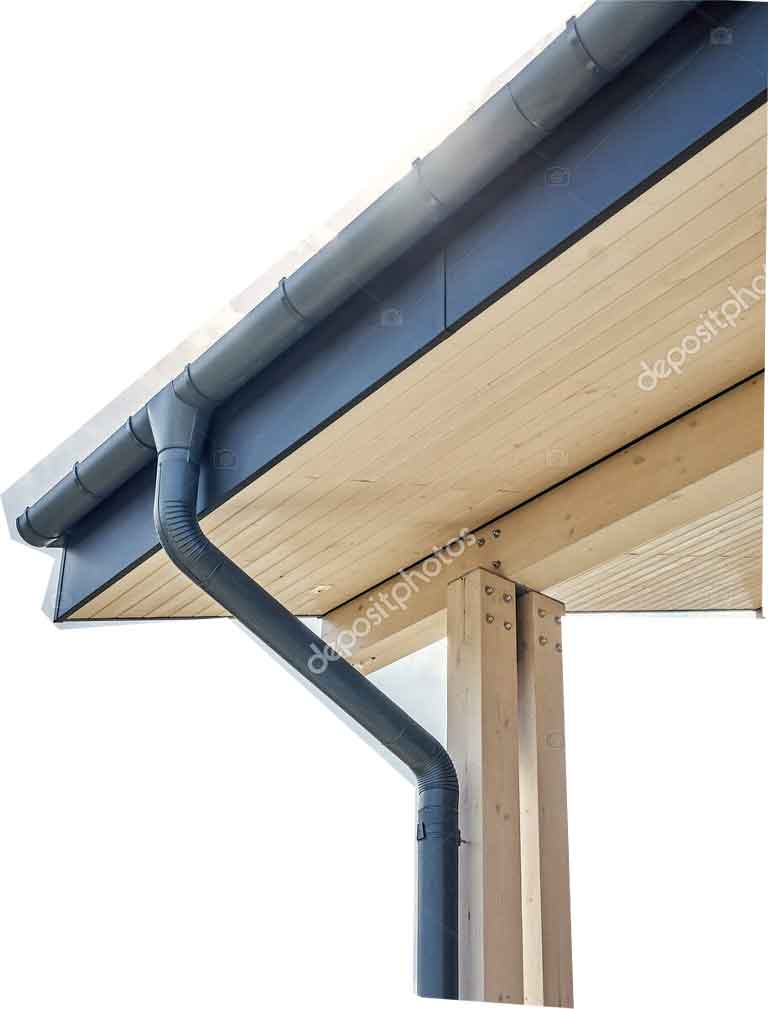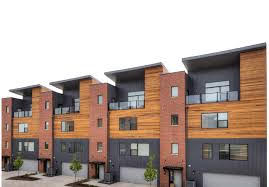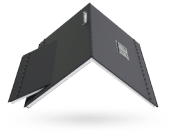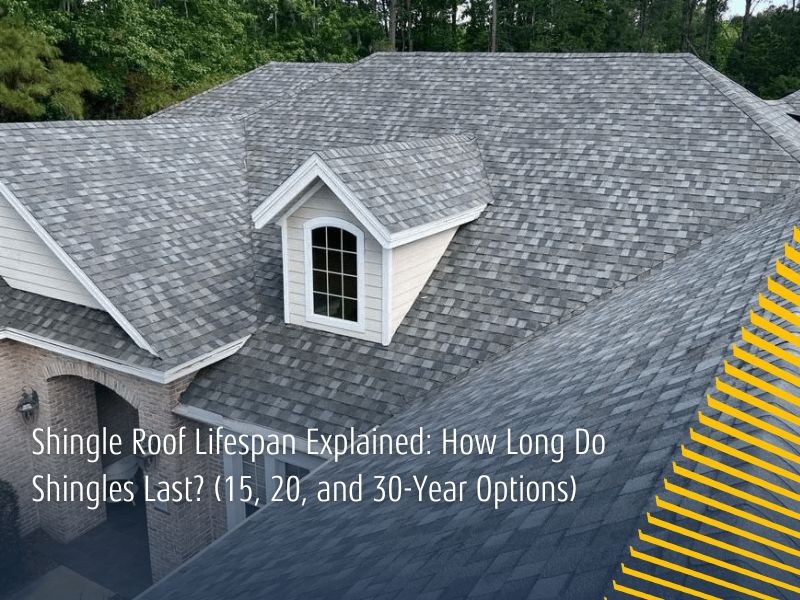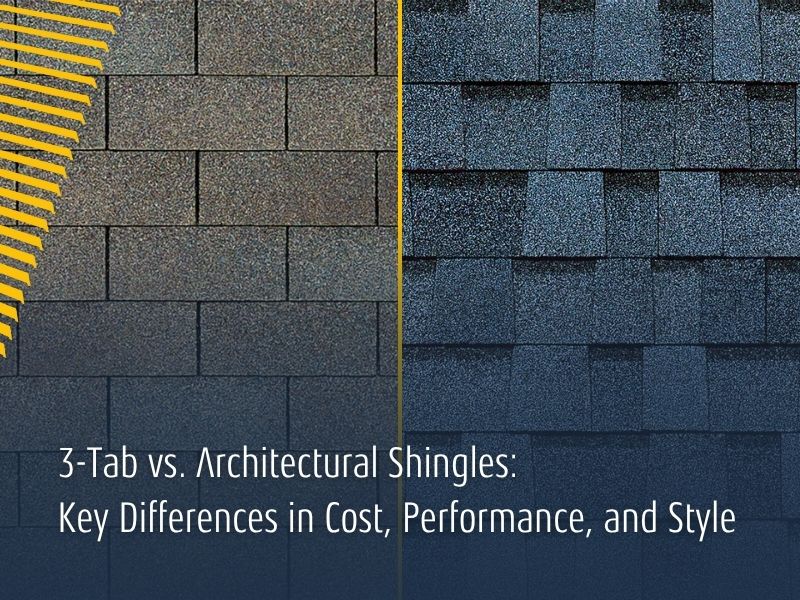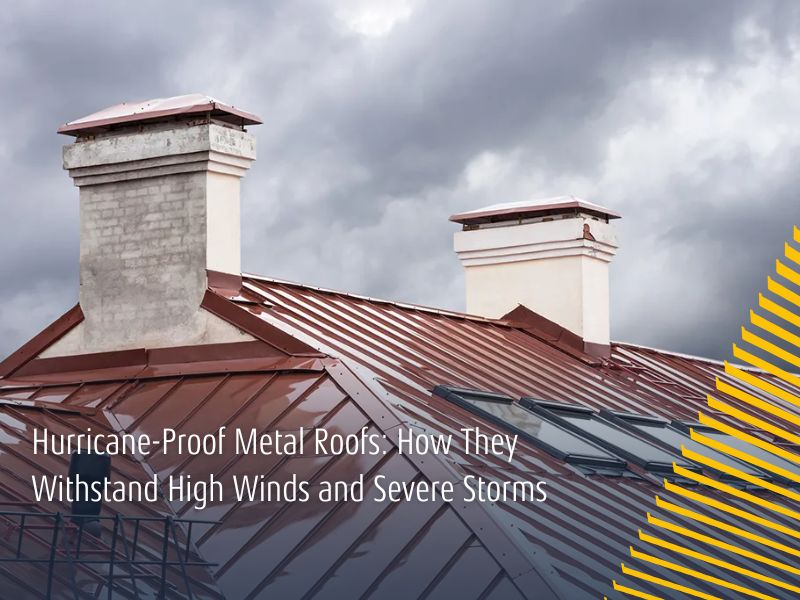Green roofs are becoming a vital solution for modern cities struggling with heat islands, stormwater, and environmental stress. A green roof combines vegetation, soil layers, and advanced roofing materials to create a living system on top of a conventional roof. This article explores the concept of green roofs, the benefits of green roofing systems, and the challenges that come with installation and maintenance. It is worth reading because it explains how green roofs can transform the built environment, reduce energy costs, and improve the quality of life in urban areas.
Outline
- What is a Green Roof and Why Does it Matter?
- Types of Green Roofs: Which Roof Type Fits Best?
- Benefits of Green Roofs in the Urban Environment
- How Green Roofs Help with Runoff and Stormwater Management
- The Role of Green Roof Design in Sustainable Cities
- Can Green Roofs Reduce Energy and Fight Heat Islands?
- Green Roofs vs Cool Roofs: Comparing Solutions
- Challenges of Green Roof Maintenance and Roof Repair
- Green Roof Projects and Modern Green Roof Technology
- The Future of Green Building with Sustainable Roofing
What is a Green Roof and Why Does it Matter?
A green roof, also known as a vegetated roof or rooftop garden, is an innovative roofing system where layers of vegetation and soil are installed over a waterproof membrane. Unlike conventional roofs, green roofs provide environmental benefits, longer roof lifespan, and multiple benefits for homeowners, businesses, and cities.
The concept of green roofs is not new. The design of a green roof has been documented for centuries, from ancient sod homes to modern green roof technology in urban areas. Today, the department of energy and environment promotes the installation of green roofs to help reduce urban heat, manage stormwater, and create new green space in dense city areas.
Green roofs typically consist of root barriers, drainage systems, and lightweight growing mediums. By integrating vegetation and modern roof membrane technology, roofs can serve as ecological tools to improve air quality and reduce energy consumption.
Types of Green Roofs: Which Roof Type Fits Best?
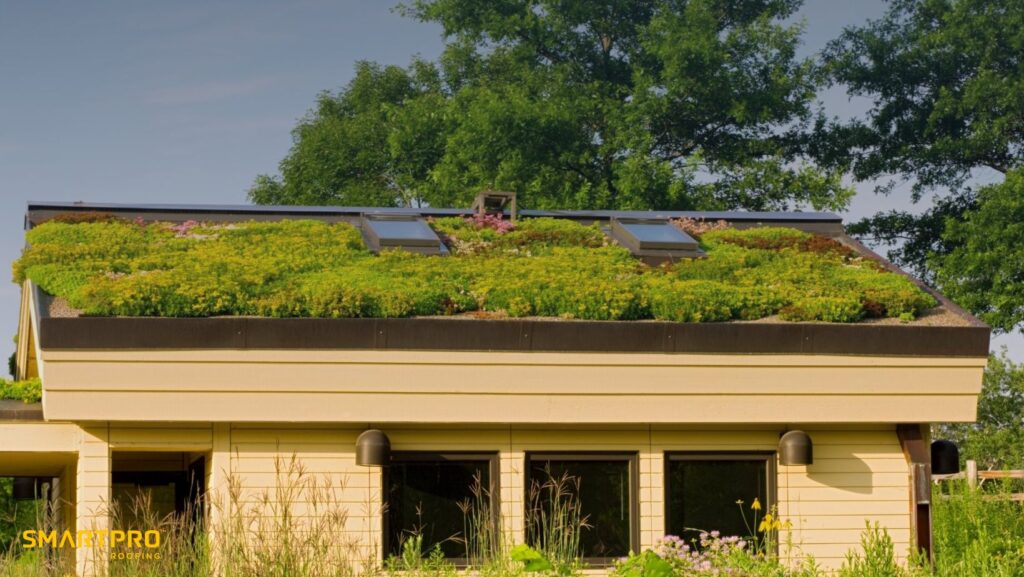
There are different types of green roofs, each designed for specific goals and climates. The most common categories include:
- Extensive Green Roofs
- Shallow and lightweight (3–6 inches of growing medium).
- Designed for low-maintenance vegetation like grasses and sedum.
- Best for flat roofs or large surfaces with limited structural capacity.
- Intensive Green Roofs
- Much deeper (over 6 inches), supporting shrubs, flowers, and even small trees.
- Requires irrigation, drainage, and more frequent maintenance.
- Can create rooftop parks or full garden spaces.
- Semi-Intensive Green Roofs
- Mid-range depth, blending features of extensive and intensive systems.
- Supports more diverse vegetation than extensive but with less weight than intensive.
- Offers design flexibility for both residential and commercial projects.
Choosing the right roof type depends on the built environment, climate, and budget. Green roofs offer flexibility in planning and design, but understanding the benefits and costs of each option ensures the right match for the property.
Benefits of Green Roofs in the Urban Environment
The benefits of green roofs extend far beyond aesthetics. Green roofs provide numerous benefits such as improved air quality, reduced energy costs, and longer roof life. For cities, the environmental advantages include better stormwater management, reduced pollution, and mitigated urban heat.
Green roofs also create urban green space that improves the built environment. In dense urban areas, rooftops become green spaces that support biodiversity and provide ecological benefits. The benefits of green roofs have been documented in renewable and sustainable energy reviews as one of the most effective tools for sustainable energy and climate resilience.
Green roofs help reduce the heat island effect in cities, making neighborhoods cooler and healthier. Green roofs also act as insulation, allowing property owners to reduce energy consumption and lower energy costs year after year.
Want to see if a green roof fits your budget? Get your exact SmartQuote in minutes.
How Green Roofs Help with Runoff and Stormwater Management
Stormwater management is one of the most important environmental benefits of green roofs. Conventional roofs shed rainwater quickly, increasing runoff and overwhelming city drainage systems. In contrast, green roofs typically absorb and retain rainfall, releasing it slowly into drainage systems.
This process reduces runoff, helps prevent flooding, and improves water quality by filtering pollutants through vegetation and soil layers. In urban areas, where impervious surfaces dominate, using green roofs improves stormwater management significantly.
The department of energy and environment often encourages the installation of green roofs to meet stormwater requirements for new developments. Beyond regulation, the ecological benefits of green roofs contribute to resilient and sustainable cities.
The Role of Green Roof Design in Sustainable Cities

Green roof design plays a critical role in how effective a green roof will be. The planning and design process must account for structural load, waterproof membrane protection, drainage, vegetation selection, and long-term roof maintenance.
Modern green roof design also considers aesthetic goals, urban green integration, and how green roofs provide economic benefits to property owners. By aligning design with sustainable roofing practices, planners can extend roof life and achieve environmental advantages.
Green roof projects demonstrate how thoughtful design can integrate with architecture, providing benefits of green roofs while blending with the built environment. From small residential rooftops to large commercial vegetated roofs, the design of a green roof influences both performance and cost.
Can Green Roofs Reduce Energy and Fight Heat Islands?
One of the most widely recognized advantages of green roofing is its ability to reduce energy use and mitigate the urban heat island effect. Urban heat is caused when conventional roofs, pavement, and buildings absorb heat, raising local temperatures. Green roofs help combat this by reflecting and absorbing less heat.
By insulating buildings, green roofs also reduce energy demand for cooling, directly lowering energy costs. Studies in renewable and sustainable energy reviews confirm that green roofs help reduce indoor temperatures while improving comfort. Green roofs can mitigate the urban heat island effect by cooling the air, reducing pollution, and improving air quality in urban environments.
This makes green roofs one of the most sustainable roofing strategies for cities facing rising temperatures and climate change challenges.
Green Roofs vs Cool Roofs: Comparing Solutions
Cool roofs and green roofs both aim to address urban heat and energy use, but they work differently. Cool roofs rely on reflective roofing materials to bounce sunlight away, reducing heat absorption. A green roof, in contrast, uses vegetation and soil to create insulation and evapotranspiration cooling.
While cool roofs are easier to install and require less maintenance, green roofs provide multiple benefits beyond energy savings. Green roofs offer stormwater management, green space creation, and ecological benefits that conventional cool roofs cannot match.
Choosing between a cool roof and a green roof depends on goals. For long-term sustainability, stormwater management, and green space, a green roof may be the better investment.
Challenges of Green Roof Maintenance and Roof Repair
Despite their numerous benefits, green roofs face challenges. Green roof maintenance requires regular inspection of vegetation, drainage systems, and roof membrane health. Living roof maintenance ensures plants remain healthy and do not damage the waterproof membrane.
Roof repair on a green roof can be more complex than on a regular roof, since the vegetation and soil layers must often be removed to access the roof membrane. This means maintenance planning is essential for long-term roof life and roof performance.
However, when properly installed and maintained, green roofs can last longer than conventional roofs. Their extended roof lifespan and environmental advantages often outweigh the costs and effort of maintenance.
Green Roof Projects and Modern Green Roof Technology

Across the world, green roof projects are redefining the urban environment. From commercial skyscrapers with intensive green roofs to residential flat roofs with extensive green, cities are adopting green roof technology to address climate and ecological challenges.
Modern green roof technology improves performance by integrating irrigation systems, smart drainage layers, and lightweight roofing materials. These innovations make the installation of green roofs more accessible and cost-effective than ever before.
Urban areas are increasingly turning to green roof projects as part of climate adaptation strategies. The concept of green roofs aligns with urban planning that values sustainability, economic benefits, and ecological resilience.
The Future of Green Building with Sustainable Roofing
The future of green building includes green roofs as a standard feature. Green roofs provide benefits and costs that must be weighed carefully, but their economic benefits and environmental advantages make them essential in sustainable energy strategies.
Green roofs can help reduce pollution, mitigate the heat island effect, and provide renewable and sustainable energy reviews with real-world examples of sustainable roofing. By extending roof lifespan and providing ecological benefits, green roofs also increase property value and reduce energy costs.
As the built environment adapts to climate change, green roof performance will play a critical role. Whether for homes, businesses, or cities, green roofs help create healthier, more resilient urban areas.
Key Things to Remember
- Green roofs provide numerous benefits, from stormwater management to improved air quality.
- Different types of green roofs include extensive green, intensive green, and semi-intensive systems.
- Green roof design affects long-term performance, roof lifespan, and ecological benefits.
- Using green roofs can help reduce energy costs, pollution, and the heat island effect.
- Green roof maintenance is essential to ensure roof performance and roof life.
- Green roofs help cities by creating green space, mitigating urban heat, and improving stormwater management.
- The concept of green roofs supports sustainable building and renewable energy goals.
- Green roofs offer multiple benefits compared to conventional roofs and cool roofs.
Get Started with Your Roof Today
Ready to see exactly what your new roof will cost and buy it entirely online without the sales pitch? Get your free SmartQuote today in just minutes through SmartPRO Roofing’s online platform: Get Your SmartQuote.



